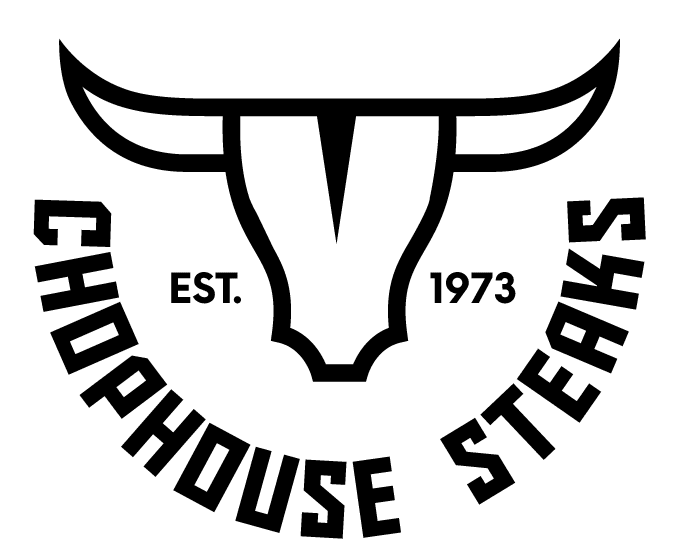When it comes to tender cuts of steak, every meat-eater has their preference. Whether it’s their preferred cut, sauce, or side dishes, there are so many options and expert opinions. With meat, the cut matters as much as how you cook it. Inside this guide we look at the tender and tough cuts.
Some Cuts are Naturally Tougher Than Others
The many different types of beef cuts are categorized by the section of the cow from which they are cut. These are known as primal cuts of beef. There are eight primal beef cuts: chuck, rib, loin, round, flank, brisket, shank, and short plate. The meat from some primal cuts can be tough, so extra care needs to be taken when preparing and cooking these. Others can be very tender, so they can be quite forgiving to chefs. Each cut has an ideal cooking method that will bring out the best qualities the meat naturally has.
Generally, tougher cuts of beef, such as from the chuck or the round, will benefit from low and slow cooking, whereas tender beef cuts, like filet mignon and rib eye steaks, can be cooked over dry heat on a grill or in an extremely hot pan. Knowing what the most tender cut of steak is will help make your meals more delectable.
The Anatomy of Tough and Tender
Knowing which cuts are tough and which are tender requires learning a little bovine anatomy. Meat is mainly muscle. When you are trying to figure out whether it will be succulent or leave your jaw muscles in spasm, you should consider what those particular muscles did when the animal was alive.
For example, beef cheeks are hardworking as they spend all day chewing the cud. That would make the cheek tough. On the other hand, the back muscles of bovines are relatively lazy, which is why the most melt-in-the-mouth cut – the tenderloin – comes from that region.
Basically, a cut’s tenderness can be ascertained by measuring its distance from the spot in the middle of the animal’s back. As you move lower and outward, the meat will become tougher.
With the cow, the short loin, rib, and sirloin are more tender than cuts from the belly. The chuck, round, brisket, and shank are tougher yet.
Match the Cut to the Cooking Method
Just because a cut of meat is tougher, doesn’t mean you should banish it from your kitchen or plate. Every cut has its strength. Chuck will fare far better in a stew or a curry than rib eye steak will. By the same token, tender cuts can have weaknesses.
The low and slow cooking methods are generally better for those tougher cuts. During a lengthy braise, the ample collagen in a brisket will slowly break down into gelatin, transforming that brisket into a succulent, flavorful dish.
You will want to use tender cuts of beef for steaks and tough ones for braises, but rules are made to be broken. With some creative cooking, successful dishes are made to delight the senses.
With a bit of understanding of where the cut comes from on the animal, and some knowledge of how to make a steak tender, you can create delicious meals from any cut. Remember that your personal preference is what really matters when it comes to the different types of steak.
Because our beef is selected from the top 2% of the herd or better and it is dry-aged in-house, Chophouse Steaks is confident about the quality and taste you will enjoy. Explore our online butcher shop or contact one of our beef gurus to discuss the wide selection of tender cuts of steak.

